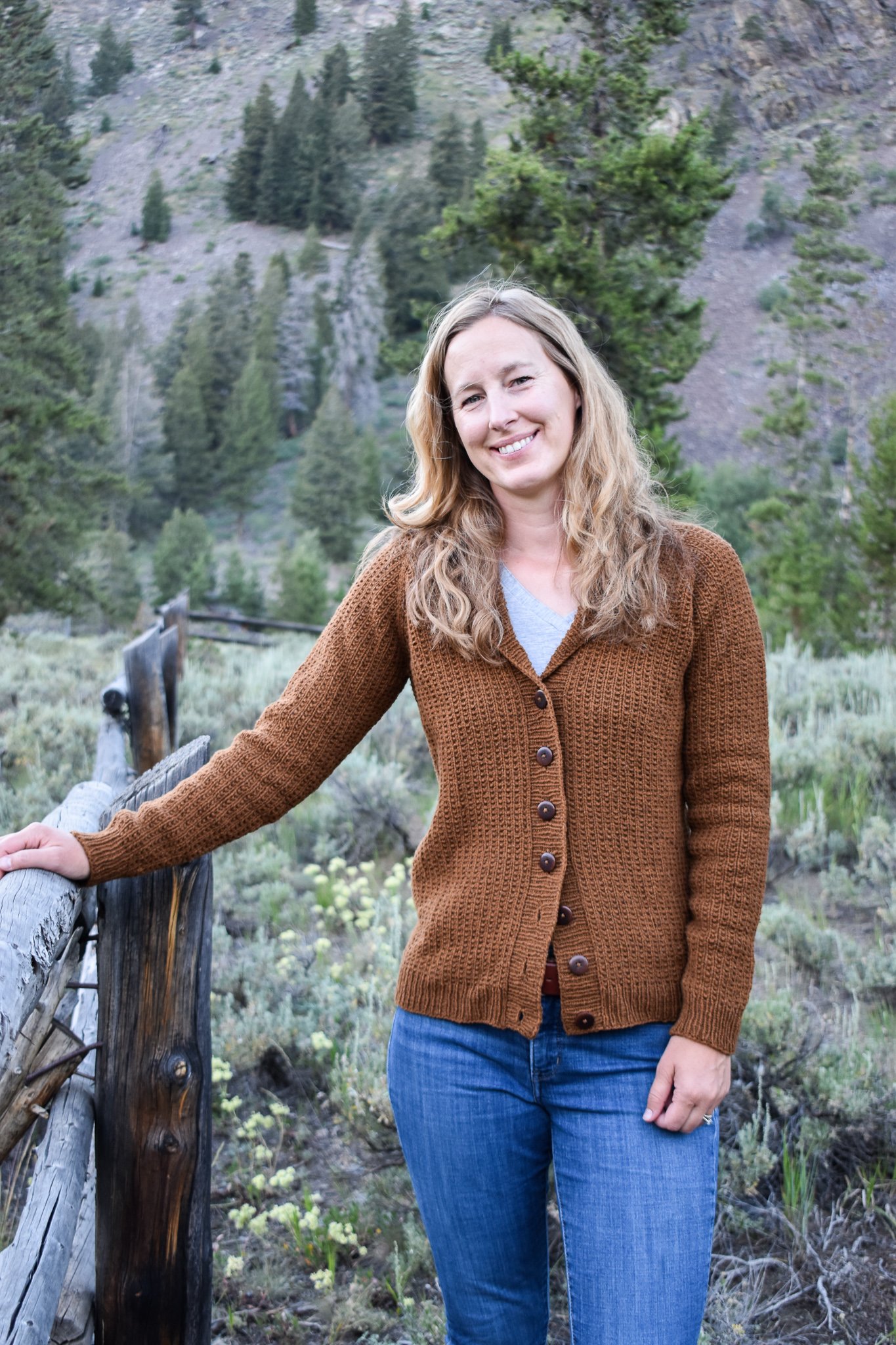Sweater Fit Part 3: Understanding ease and how it affects fit
See these two sweaters above? They are worn with very different amounts of ease. Larch (on the left) is worn with about 3 inches / 7.5 cm of positive ease. Silver Birch (on the right) is worn with nearly 10 inches / 25 cm of positive ease. Why do they have different amounts of ease and what is ease anyway? I'll explain all that in this blogpost.
The patterns for both Larch and Silver Birch will be released later in 2022. Make sure to sign up for my newsletter so you don’t miss them!
For the other parts of this series, simply click on the links below to read them:
Part 2: Measuring yourself and reading a schematic
Part 3: Understanding ease and how it affects fit
“Recommended to be worn with 2 – 4 inches / 5 – 10 cm positive ease.”
Let’s go into what this phrase means and why you should care about it.
Ease is simply how much difference there is between the finished garment size and your body size. Positive ease means the garment is bigger than your body. Negative ease means the garment is smaller than your body. If you have a 40 inch / 100 cm chest size, a sweater with 4 inches / 10 cm of positive ease will have a finished measurement of 44 inches / 110 cm. Keep in mind that the ease will not be the same across your entire torso. Our bodies are not perfect rectangular blocks. We all have curves somewhere.
The amount of ease your sweater has affects the fit and how it looks when you wear it.
Every designer will have a certain amount of ease in mind when they are working on a design. This amount of recommended ease will affect the measurements of the finished size. We designers are not only thinking of how the sweater fits in the chest when we are grading the sizes. We are also considering how it will fit in the neck, shoulders, underarms, upper arms, how long it will end up, etc. We may have decided on having a loose fit in the chest with slim fitting sleeves. Or perhaps we wanted a classic fit in the body and loose-fitting sleeves. How we make all those numbers play well together depends largely on how much ease we are imagining this sweater being worn with.
If you want your sweater to look like the sample and for the easiest road to a good fit, follow the designer’s recommended ease.
However, ease, and how much of it you want, is a very personal thing. Some people like their clothes to fit tightly. Others want something very loose fitting. It all comes down to your personal style and preference. You may want to spend some time figuring out what your preferred ease is. Take your favorite sweater or sweaters, measure them, and compare the finished measurements to your chest size. If all of your sweaters fit loosely with 10 inches / 25 cm positive ease, look for designs that are meant to fit with that much positive ease. This will give you a much better end result than choosing a sweater meant to be worn with 2 inches / 5 cm positive ease and simply knitting the size that gives you 10 inches / 25 cm positive ease. It’s not just the chest that gets bigger, and you could end up with poor fit all over the body if you try that.
Perhaps the best real-life example I can think of is the Birkin sweater. Caitlin Hunter designed it to be worn loosely. Many people on Instagram and YouTube tried to knit it with a tighter fit and ended up not being able to lift their arms while wearing it. Like all designers, Caitlin had good reasons for her recommendation.
Pay attention to what the designer recommends.
Click here for Part 4: Choosing the Right Pattern.


